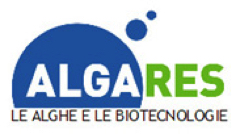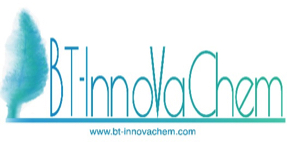Professori Associati
Sara NARDIS
Professore Associato SSD: CHEM-06/A Fondamenti chimici delle tecnologieStanza: AB1 – 9
Informazioni biografiche
The research activity of Dr. Nardis, documented by several pubblications in peer reviewed International journals and several congress presentations (Scopus 30/01/2019: 1946 citations, H-index 26, ORCID 0000-0003-3306-9293) is focused on the synthesis and characterization of tetrapyrrolic macrocycles and on their application both as sensors and as photosensitizers. In particular, her research interests include:
- Synthesisof dyads and heterodyads of tetrapyrrolic macrocycles.
- Synthesis,characterization and functionalization of 5,10,15-triphenylcorroles.
- Synthesis of water solublemacrocyclesfor PDT applications.
- Synthesis and characterization ofmetalloporphyrinsto be exploited as new sensing materials in the development of chemical sensors.
She teaches Chemistry since 2005 and is a member of scientific Board for the PhD school in Chemical Sciences at the University of Tor Vergata.
Sara Nardis acts as a referee for the Journal of Porphyrins and Phthalocynines.
She has been involved, as a participant in several national research projects.
- INITIO H2020-FETOPEN project
- Encork 2.0 Regione Lazio
- Industria 2015, MISE-GHW, Ricercatore
- Industria 2015 del MISE-Acquasense MI01_00223, Ricercatore
- Grant della Fondazione Veronesi (2012) per lo sviluppo di sistemi sensoriali per lo studio dei composti associati alle patologie neoplastiche, Responsabile scientifico
- PRIN 2007, 2007C8RW53 “Sistemi molecolari, polimeri coniugati e nanoparticelle per lo sviluppo di nuovi sensori chimici a trasduzione ottica” del MIUR, Ricercatore
- FISR-SAIA “Sensori Ottici ed elettrottici per applicazioni industriali” del MIUR. Ricercatore
- MIUR-FIRB RBNE01KZZM- “Studio di microsistemi multifunzionali per determinazioni chimiche e biocimiche in matrici biologiche complesse”, Ricercatore
- Progetto finalizzato MADESS (2002) del CNR-“Studio e realizzazione di un naso elettronico dedicato all’analisi di alimenti, basato sulla trasduzione di massa e conducibilità di macrocicli tetrapirrolici”, Borsista
- Piano Nazionale delle Ricerche per la “Microelettronica e bioelettronica- Tema 6: Sensori chimico-biologici per l’ambiente” del MURST, Collaboratore
- Pubblicazioni (Scopus) | Pubblicazioni (ART)

 Descrizione attività
Descrizione attività Descrizione attività
Descrizione attività Descrizione Attività
Descrizione Attività Descrizione attività
Descrizione attività